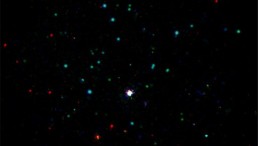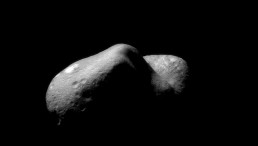According to NASA researchers in charge of Curiosity, the rover is set to most likely resume the use of its arm movements next week although investigations into the cause of the sporadic short-circuit are still ongoing.
Last month, a vacillation in power set off a fault-defense reaction that instantly ended activity by the rover during the 911th Martian day of the mission. The power fluctuations were located in its robotic arm and occurred as it moved samples from the Red planet for testing. After the error, operators have ceased moving the rover or moving the probe's arm while specialists focus on tests to determine the source of the problem.
Curiosity Project Manager Jim Erickson of NASA's Jet Propulsion Laboratory, Pasadena, California noted that recent tests have managed to narrow down the likely sources of the intermittent short out. Erickson further explained:
"The most likely cause is an intermittent short in the percussion mechanism of the drill. After further analysis to confirm that diagnosis, we will be analyzing how to adjust for that in future drilling."
The specimen gathering drill on the arm relies on both rotation and throbbing, or percussion, to gather the Martian rocks for texted. Experts found during a test on Curiosity that used the drill's percussion activity that during the third out of 180 rehashes of the activity, there seemed to be a short for under one-hundredth of a second.
The rover operators and scientists intend to conduct further testing of the arm in an attempt to get a clear view of what exactly is occurring. Depending on the problem, there is a chance that it can be repaired remotely. After these tests are completed, the team hopes to resume testing the specimen powder that the arm currently holds. Once these tests are complete Curiosity will resume its course up Mount Sharp.
NASA's Mars Science Laboratory Project is using Curiosity to evaluate potential ancient livable areas and to examine changes in Martian natural conditions. JPL, a division of the California Institute of Technology in Pasadena, built the rover. Curiosity was launched from Cape Canaveral on November 26, 2011 and touched down in the Gale Crater on Mars on August 4, 2012. Since that time, Curiosity has provided researchers with valuable data and pictures of the Martian surface that continues to impress both scientist and astronomers worldwide. It's overall goals are to investigate the surface to determine the potential for ancient life as well as conduct studies to evaluate the future arrival of humans to the desolate world.














